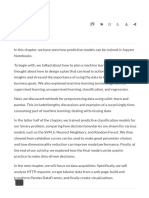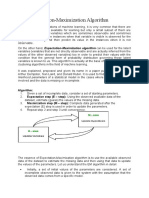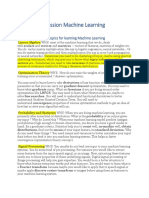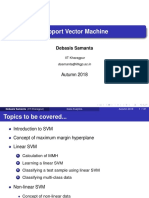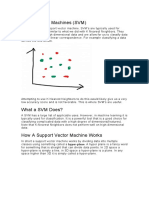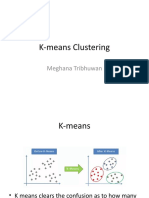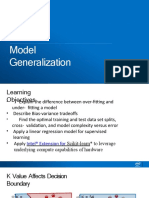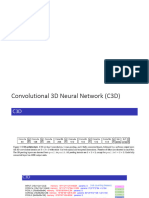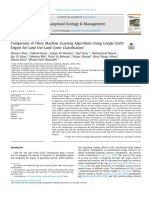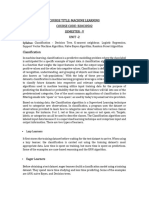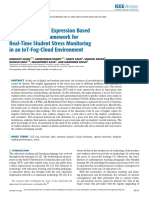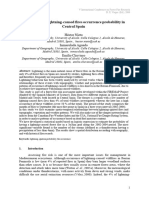100% found this document useful (1 vote)
98 views19 pagesChapter 1 Introduction To Machine Learning
Machine learning is a type of artificial intelligence that allows software to improve automatically through experience. There are three main types of machine learning: supervised learning, unsupervised learning, and reinforcement learning.
Supervised learning uses labeled historical data to train models to predict new output values accurately. Unsupervised learning identifies underlying patterns in unlabeled data and groups data with similar characteristics. Reinforcement learning allows models to learn from interactions with an environment through trial-and-error using rewards and punishments.
Uploaded by
Shreeji ModhCopyright
© © All Rights Reserved
We take content rights seriously. If you suspect this is your content, claim it here.
Available Formats
Download as PPTX, PDF, TXT or read online on Scribd
100% found this document useful (1 vote)
98 views19 pagesChapter 1 Introduction To Machine Learning
Machine learning is a type of artificial intelligence that allows software to improve automatically through experience. There are three main types of machine learning: supervised learning, unsupervised learning, and reinforcement learning.
Supervised learning uses labeled historical data to train models to predict new output values accurately. Unsupervised learning identifies underlying patterns in unlabeled data and groups data with similar characteristics. Reinforcement learning allows models to learn from interactions with an environment through trial-and-error using rewards and punishments.
Uploaded by
Shreeji ModhCopyright
© © All Rights Reserved
We take content rights seriously. If you suspect this is your content, claim it here.
Available Formats
Download as PPTX, PDF, TXT or read online on Scribd
/ 19

